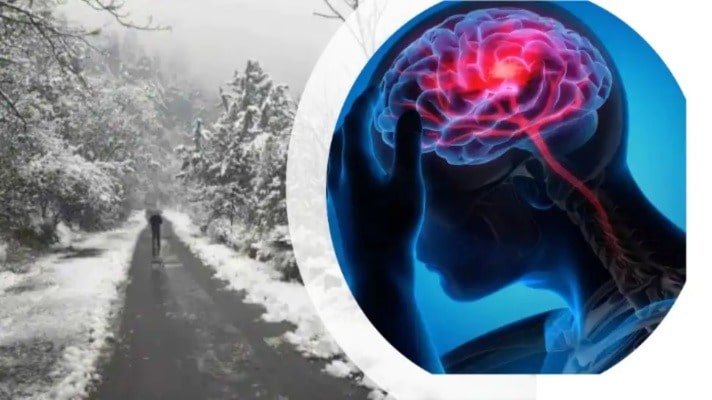
I have been prompted to write this blog due to sudden increase in the number of stroke patients in my practice over last few weeks.
Stroke or ‘brain attack’ is a deadly disease with a very high mortality (risk of life) and even more high risk of morbidity (permanent damage or paralysis).
Looking at stroke rise in winters, If we compare the number of cases of stroke over last few decades, it has been observed that the incidence of stroke has almost doubled as compared to 1970-80.
The recent increase in the numbers is directly related to the falling winter temperatures.
Hence, I feel it is my duty and responsibility to spread some awareness regarding stroke rise in winters.
Stroke, as the name suggests, effects the brain suddenly without any previous warning. It occurs due to any of the following two reasons.
The common signs and symptoms of stroke should be known to one and all so as early management can be started without losing precious time.
For general population one should look for a mnemonic FAST
F- face drooping of deviation of face to one side
A- arm weakness. Arm will drift down when trying to lift both arms
S- difficulty in speaking or loss of speech T – time to call urgent medical help
Other symptoms which should arouse suspicion are:
Risk Factors or susceptible persons at risk of stroke are:
In winters the blood vessels become narrow in order to conserve heat and thus increases the chances of blockage.
Narrowing of these vessels also increases the blood pressure and hence increasing the chances of rupture
Blood also becomes thick when the temperature falls
It has been observed that about 10 degree fall in temperature leads to about 12% increase in chances of stroke
Control and regular check of blood pressure
Control of blood sugar and cholesterol
Do not go out without proper warm clothes Quit smoking
Keep body weight in control Regular walk (avoid in too low temperatures)
Consume healthy diet with more fruits and vegetables
Consult your doctor for general examination without complaints at least once in few months to take care of risk factors